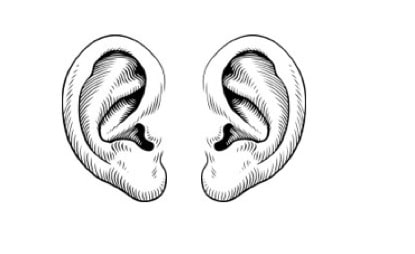Genetic factors play a significant role in both sensorineural hearing loss and noise-induced hearing loss. For a number of reasons genetic studies involving humans are complicated. They are prone to challenges associated with low statistical power, limited replicability, and confounding environmental parameters, such as noise exposure and ototoxic medication use. Thus, the inbred mouse research model remains a highly useful alternative for better understanding the genetics of hearing and hearing loss.
Researchers from southern California have expanded the knowledge of hearing characteristics in inbred mouse strains, a model known to be particularly useful in hearing research. Anthony Myint, PhD, along with several colleagues from the University of Southern California’s Keck Center used auditory brainstem response (ABR) findings to characterize hearing in 100 inbred mouse strains.
The researchers determined baseline hearing patterns, permanent threshold shifts, and noise-sensitivity patterns based on data from at least three members of each strain.
Revealing the Patterns
The results, published in the peer-reviewed journal, Hearing Research, showed several distinct patterns of hearing loss at baseline:
- High-frequency hearing loss (HL),
- High and low-frequency HL,
- Fat HL
- Notch-type HL.
After noise exposure, ABR values were re-measured. Following the second measurement, a range of discernable patterns of noise-sensitivity were found, including noise-resistant, high-frequency sensitivity, and multimodal sensitivity.
Rick Friedman, MD, PhD, of the Keck Center and one of the co-authors of the study, stated that this line of research has several potential clinical implications of significant value.
“These data are allowing us to characterize the genetic architecture of population variation in hearing and of noise-induced hearing loss. In this way we hope to find targetable pathways for prevention.” —Rick Friedman, MD, PhD
In their conclusion, the authors of the study indicated they have made the complete phenotypic dataset of their study available for general use and that this data provides “a new resource for the study of noise-induced HL in mice and adds 47 newly characterized strains to the existing baseline hearing literature.”
Source: Myint A, et al. Large-scale phenotyping of noise-induced hearing loss in 100 strains of mice. Hearing Research. 2015 Dec 17;332:113
Acknowledgement: Audiology World News originally published a version of this story.







